The myth of a slavery epidemic
Officialdom’s war on ‘modern slavery’ is built on pure fear and fantasy.

Want unlimited, ad-free access? Become a spiked supporter.
A decade ago, in my book Politics of Fear, I expressed concern about the corruption of public discourse. I noted that ‘politics is lost for words’, and that public affairs are increasingly being conducted in a depoliticised technical vocabulary of meaningless phrases about delivering evidence-based policy. But this impoverishment of public life doesn’t only generate more and more managerial jargon; in an era of technocratic doublespeak, colourful rhetoric is also sometimes required as a way of gaining the public’s ear. This is why, although we’re surrounded by soulless technocracy, officials are sometimes drawn to the rhetoric of hyperbole and the language of fear.
The politics of fear tries to win public attention through preying on people’s existential insecurities. It promotes a morose fascination with human evil – the paedophile, the omniscient abuser, the serial killer – which threatens to overwhelm rational reflection on the true challenges facing society.
In today’s climate of uncertainty, wallowing in the dark side of humanity has become all the rage among competitive scaremongers, among politicians and campaigners looking for public attention. The issue of ‘modern slavery and human trafficking’ is one of the most successful achievements of this competitive scaremongering. The emergence of a network of organisations and campaigns, both official and non-official, that are invested in ‘raising awareness’ about this so-called hidden crime is testimony to the influence of imaginative fantasies on the public agenda.
As the Oxford English Dictionary shows, historically the word slavery has been used figuratively to describe the ‘condition or fact of being entirely subject to, or under the domination of, some power or influence’. From this perspective, people could be described metaphorically as slaves to their passions, slaves to love, slaves to addictions, slaves to public opinion, slaves to fashion, and so on. Marx and Engels used the slavery metaphor to refer to a situation where a worker’s life was dependent on the wages he received. The term ‘wage slavery’ communicated the idea of exploitation; it was sometimes suggested that wage slavery was a form of bondage comparable to the system of slavery that was only abolished in the nineteenth century.
The abolishing of slavery did not put an end to coercive and sometimes brutal forms of domination. Even in the most enlightened societies, there are instances of individuals being literally enslaved and living a life of forced servitude. But in modern Western societies, such cases are thankfully rare; and when such Western instances of forced servitude are compared with the historical crime of slavery, this seems only to trivialise the horrors of the slavery era.
The metaphor of slavery has a powerful resonance precisely because of the horrific history of real slavery. The OED defines a real slave as someone ‘who is the property of, and entirely subject to, another person, whether by capture, purchase, or birth; a servant completely divested of freedom and personal rights’. Today, the metaphor of slavery is used to describe something very different to this. Why? Because the term slavery, like the terms Holocaust and genocide, has a powerful moral purchase. And at a time when public life finds it difficult to use the grammar of morality, to express any clear moral outlook, many feel tempted to deploy highly charged and morally loaded words in order to gain attention for their campaigns and ideas.
Even religious figures have embraced the rhetoric of slavery. Earlier this month, it was reported that Pope Francis is praying that humanity will soon be freed of its ‘slavery’ to material things. Unlike the pope, the former president of the United States, Jimmy Carter, wasn’t satisfied with using the term slavery in a metaphorical sense. In a statement to coincide with the promotion of his book, A Call to Action: Women, Religion, Violence and Power, he made the preposterous claim that not only is slavery still a ‘serious problem in the US’, but it is actually ‘more prolific now than during the eighteenth and nineteenth centuries’. What was even more remarkable than Carter’s fantasy claims was that there was so little critical reaction to them from serious commentators.
These days, it is almost obligatory for international meetings to sign a declaration promising to fight against the scourge of slavery. Earlier this month, when they met up, the pope and Justin Welby, the Archbishop of Canterbury, signed a declaration pledging to fight for an end to modern slavery.
The promotion of the fantasy of modern slavery transcends the political divide. In the UK, it is the Conservative-led government that pushes the most hysterical narrative on modern slavery. It has gone so far as to appoint Karen Bradley as minister for modern slavery and organised crime. The home secretary, Theresa May, has issued a Modern Slavery Bill, currently making its way through parliament. The bill aims to provide courts with new powers to protect people who are trafficked into England and Wales and held against their will. It is an exercise in moral entrepreneurship and propaganda, as there already exist plenty of laws that can be used to prosecute criminals who coerce and hold people against their will.
The UK has even mobilised the resources of so-called science to speculate about the scale of the problem of domestic slavery. The government trailed the launch of its ‘modern-slavery strategy’ by announcing that it was based on the ‘first scientific estimate’ of modern slavery in the UK. According to The Science, there were between 10,000 and 13,000 slaves in the UK last year. Professor Bernard Silverman, who came up with this figure, was less than categorical about the objectivity of his ‘statistical analysis’. He said ‘modern slavery is very often deeply hidden and so it is a great challenge to assess its scale’. A ‘hidden’ problem that cannot be seen and which is a ‘great challenge to assess’ is nevertheless captured by the ‘first scientific estimate’! Here, science is used metaphorically to lend meaning to a crusade, to provide campaigners with a vague estimate — what is usually known as a guestimate.
The government’s statistics are based on the quantification of intuition, guesswork and speculation. To his credit, Silverman warned that the ‘data collected is inevitably incomplete and, in addition, has to be very carefully handled because of its sensitivity’. Yet this ‘incomplete data’ now serves as the foundation for policymaking by a government which claims its policy is ‘based on evidence’. The insights of a competent astrologist, fortune-teller or soothsayer would be no less scientific than this official calculation.
The construction of the slavery problem
So-called hidden crimes, especially ones that are ‘deeply hidden’, have become a recurring theme in moralising criminology. Phenomena that are not visible to the eye are often presented to the public as terrible, unbounded threats. This encourages people’s imaginations to run riot, since the very invisibility of the crime forces people to imagine the worst. Anyone with knowledge of the history of criminology and of the statistics of crime will know that this is a sphere in which fantasy and speculation often trump facts and common sense. The construction of hidden crimes is often a precursor to the promotion of scaremongering. Definitions of crime are driven by political and ideological impulses, and the depiction of these crimes as a threat is framed around a preconceived agenda. This can be seen in the construction of the crime of modern slavery. Here, numerous different bad and exploitative experiences are squashed together under a singular narrative of ‘slavery’. So any kind of recurring coercive behaviour – from intimidating someone into remaining at work until their debt is paid off to controlling an individual’s behaviour – can be incorporated into the new definition of slavery.
What’s remarkable about the current rhetoric of slavery is not only its fearmongering about the human impulse to dominate and coerce, but also its pessimistic doubting of human agency. According to the current definition of slavery, people can be dominated not just physically but emotionally, too. Through incorporating emotional and psychological intimidation and manipulation into the definition of the slavery, officials ensure that the slavery tag can be applied to a bewildering number of situations. Hence the threat of ‘modern slavery’ is always guaranteed to grow and grow and to keep busy an ever-expanding set of moral entrepreneurs.
In the US, the new federal crime created by the Trafficking Victims Protection Act was explicitly designed to encompass ‘subtler’ forms of coercion and, according to its advocates, to ‘broaden previous standards that only considered bodily harm’. So physical coercion and domination seamlessly intermesh with psychological manipulation and emotional control, and all get bundled up under the headings ‘trafficking’ or ‘slavery’. The inclusion of subtler forms of psychological coercion in the definition of slavery means that the important conceptual distinction between a boss trying to control an individual’s behaviour and a nineteenth-century plantation owner whipping his physically chained slaves comes to be eroded.
One disturbing feature of the new offence of trafficking slaves around the world is that it is defined as a crime regardless of whether those who have ‘suffered’ it perceive themselves as victims or just as workers. So it is the politician, public official and campaigner who decide whether an individual is a victim of slavery, not the alleged slaves themselves. According to one campaign group, victims of human trafficking often do not perceive themselves as victims. ‘Victims of human trafficking often do not immediately seek help or self-identify as victims of a crime due to a variety of factors, including lack of trust [and] self blame’, it says. The concern that victims of trafficking do not view themselves as victims has important and insidious implications. It means that how individuals feel about their own personal experiences comes to be trumped by the verdict of professional campaigners and officials, who are empowered to define and give meaning to people’s lives. In England recently, Bristol Police’s chief superintendent, Julian Moss, said that some of the people whom the police categorise as slaves ‘will not view themselves as victims’. That’s another way of saying, ‘We decide if they are a slaves regardless of how they feel about it’.
Those who presume the authority to define who is and isn’t a slave are also in a position to determine the prevalence of slavery. If they can say ‘You are a slave, whether you know it or not’, then they have extraordinary power to pretty much create as many slaves as they like. It is their perceptions, rather than individuals’ own experiences, that determine how the problem of modern slavery is defined. The inflation of the definition of slavery is paralleled by an inflation of the figures. The advocacy organisation Unseen claims that victims of modern slavery are literally unseen. And that is a good thing for the police, officials and campaigners, who prefer to deal with invisible crimes rather than the very real ones that are all too apparent to the naked eye.
This construction of the crime of invisible slavery is parasitical on the tragic legacy of real, historical slavery. The promiscuous application of the term slavery to various negative experiences trivialises the historic significance of real slavery. Of course, we live in a world in which far too many people are forced to lead degraded lives. Large numbers of people feel trapped in circumstances that they hate. Many people fear their partner, their employer or their community, and sometimes feel helpless to do anything about the situation they find themselves in. Some do feel, or even become, incapable of exercising their agency in a meaningful way. When such sad situations arise, we need to help people to break free from circumstances that are not of their choosing. What we are talking about here is not slavery, but the misery and degradation that often accompany certain forms of behaviour and exploitation. Calling these experiences ‘slavery’ turns them into a simplistic moral issue in which the only beneficiaries are the campaigners who fantasise that slavery is everywhere, and claim to be bravely battling it.
The myth of a slavery epidemic
Time and again, alarmist claims about trafficking and slavery turn out to have little relationship to reality. In the lead-up to the London Olympics in 2012, hundreds of charities, public-sector bodies and campaign organisers were mobilised to deal with a flood of trafficked women who, it was predicted, would be forced to service the hundreds of thousands of sports fans. Month after month, meetings of experts warned about the perils posed by gangs of dangerous global traffickers. But as is the case with most campaigns built on fear about trafficking and slavery, this Olympics fantasy had no foundation in fact. Despite the commitment of significant financial and police resources, trafficked women forced on to the streets of London were conspicuous by their absence. In the aftermath of this scaremongering fiasco, a report commissioned by the London mayor Boris Johnson concluded that the approach of sections of the Metropolitan Police to dealing with sex trafficking ‘appeared to be based on little or no evidence’.
Of course, that failure to detect real trafficked women did not deter moral crusaders from stepping up their campaigns. From their standpoint, the difficulty of detecting sex slaves during the London Olympics actually proved how serious the problem is. They claimed that the police looked in the wrong places, or that the inability to find these victims of trafficking proved how hidden this crime is. Such an urge to massage the absence of evidence brings to mind the words of Donald Rumsfeld, the former American secretary of defence. In response to the failure to detect Saddam Hussein’s alleged stockpile of WMD, Rumsfeld declared that the ‘absence of evidence is not the evidence of absence’. Indeed, he implied, as do the fearmongers about modern slavery, that the very lack of evidence should serve as a warning about the scale of the problem.
It was a year ago, last December, that the British press went into overdrive with sensational reports about slaves having been found in a house in south London. A detective inspector informed the world that ‘we have never seen anything of this magnitude before’. Theresa May echoed his sentiments, saying she would make tackling modern-day slavery her top priority. She said there was ‘one positive’ to the south London slave house: the public had finally become aware of the issue of slavery, which, according to May, continues to have a ‘shocking presence in modern Britain’. By this time, claims that thousands of people in Britain were being held in conditions of ‘slavery’ were circulating in the media.
But will the south London story now unravel? The man alleged to have held three women as slaves has now been charged, and his trial will start soon. There are many questions to be answered, such as why, if these women were slaves, they regularly went outdoors and had access to television and telephones. We shall hopefully learn whether it was really accurate to describe this sordid living arrangement as slavery. But regardless of how this particular case turns out, the war on alleged slavery will continue unabated. And think twice before criticising it – it is surely only a mater of time before anyone who questions the myth of modern slavery will be crucified for being a ‘slavery denier’.
That so many economic, political and emotional resources have been invested in campaigns to fight a cause that has such feeble foundation in the real world is testimony to the influence of the politics of fear in public life. However well meant its supporters might be, this campaign against ‘modern slavery’ serves to confuse, disorientate and scare members of the public. It also relativises and degrades the history of real slavery. Even worse, it arrogantly reduces the people who it claims to be helping to the role of passive voyeurs who have little say over how to interpret or define their own personal predicaments.
Frank Furedi’s First World War: Still No End in Sight is published by Bloomsbury. (Order this book from Amazon (UK).)
You’ve read 3 free articles this month.
Support spiked and get unlimited access.
Help us hit our 1% target
spiked is funded by readers like you. It’s your generosity that keeps us fearless and independent.
Only 0.1% of our regular readers currently support spiked. If just 1% gave, we could grow our team – and step up the fight for free speech and democracy right when it matters most.
Join today from £5/month (£50/year) and get unlimited, ad-free access, bonus content, exclusive events and more – all while helping to keep spiked saying the unsayable.
Monthly support makes the biggest difference. Thank you.
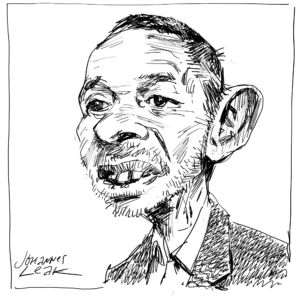
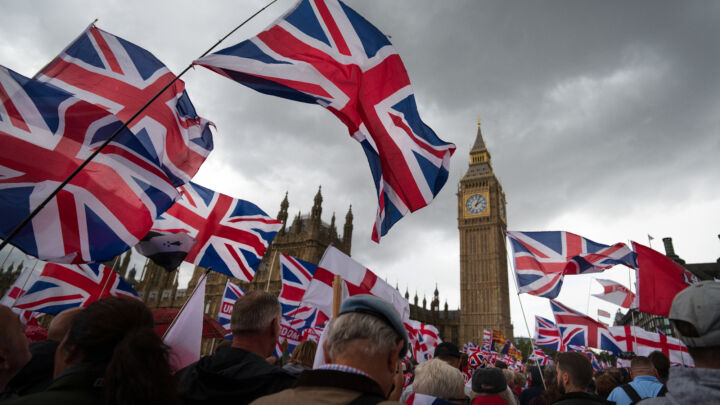
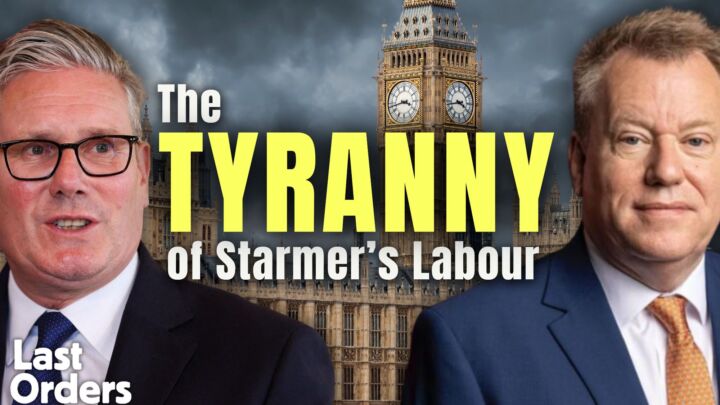
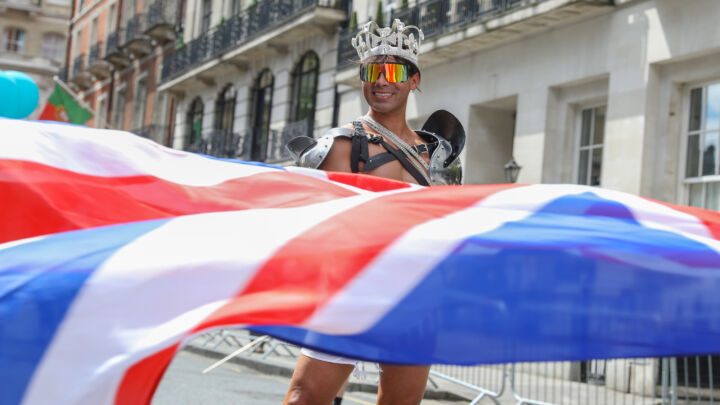


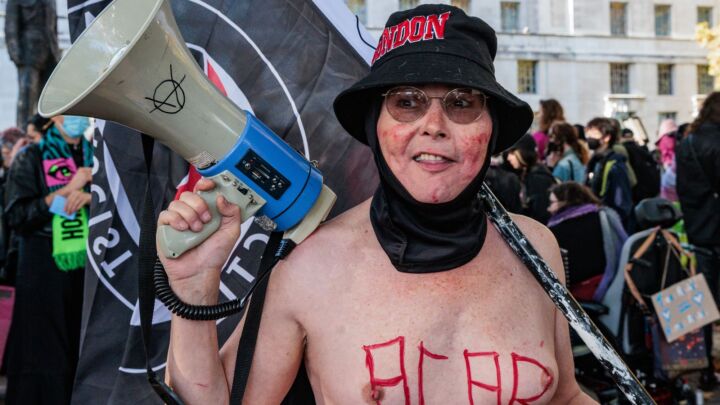
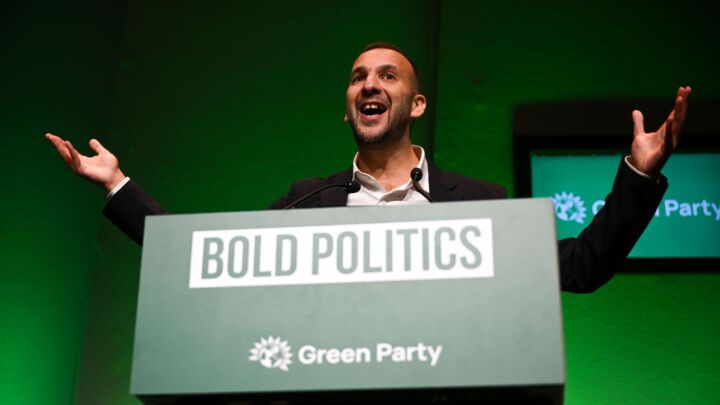


Comments
Want to join the conversation?
Only spiked supporters and patrons, who donate regularly to us, can comment on our articles.